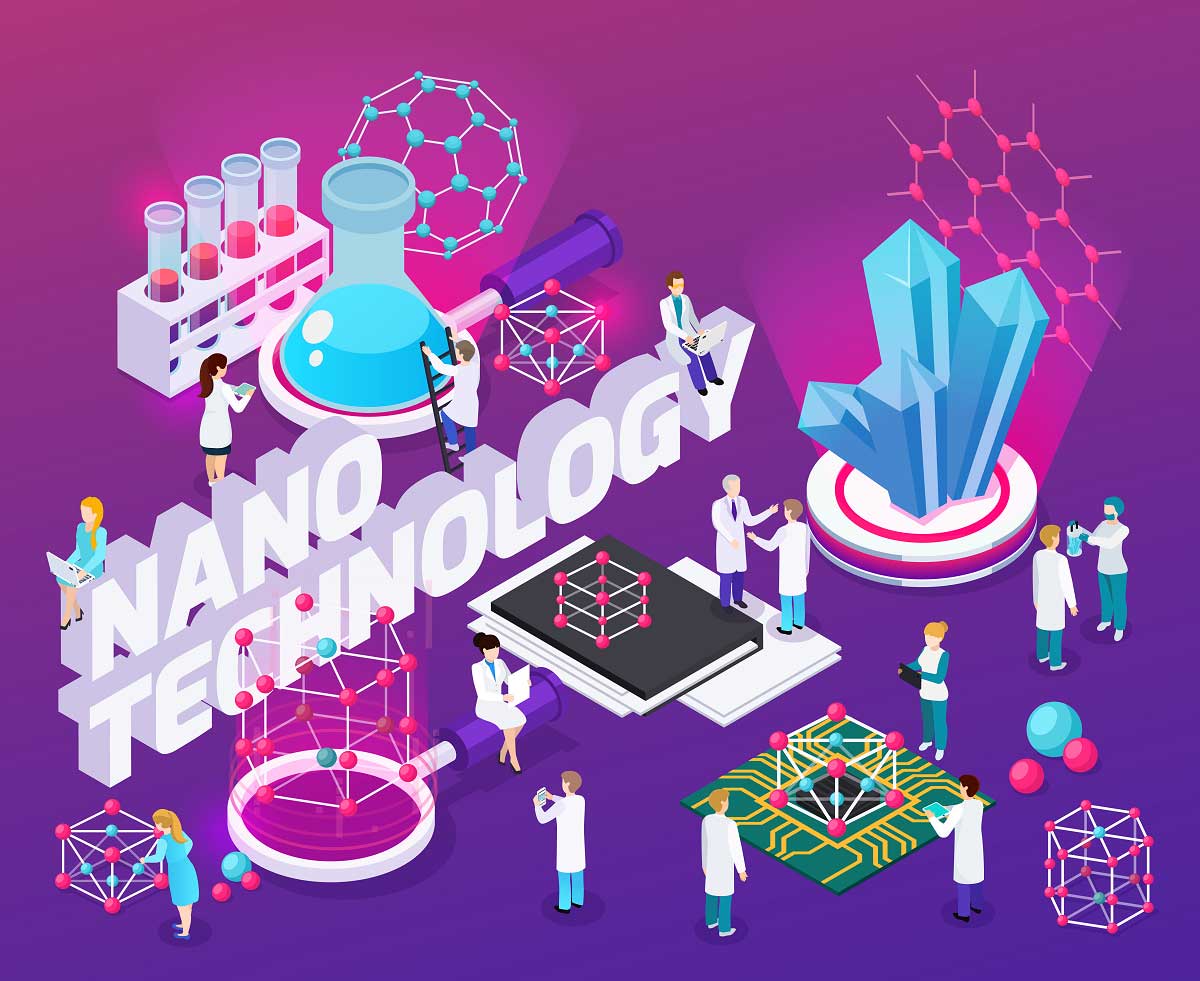
Cancer is a disease that affects millions of people around the world, and scientists and healthcare professionals are always looking for new and innovative ways to diagnose and treat it. One exciting development in recent years has been the use of nanotechnology in cancer treatment. In this article, we'll take a closer look at what nanotechnology is, how it's being used in cancer care, and what the future of this field might hold.
What is Nanotechnology?
Nanotechnology is the study and application of extremely small things and can be used across many different fields, including electronics, materials science, and medicine. It refers to the manipulation of matter on a nanoscale level, which is incredibly small – one nanometer is one billionth of a meter! In medicine, nanotechnology is referred to as "nanomedicine."
How is Nanotechnology Used in Cancer Treatment?
Nanotechnology has many potential applications in cancer treatment, including nanodiagnostics, nanoparticle therapy, and more.
Nanodiagnostics
Nanodiagnostics refer to the use of nanotechnology to diagnose cancer in its earliest stages. This could include the development of new imaging technologies that use nanoparticles to detect cancer cells, or the creation of blood tests that use nanotechnology to detect cancer markers. According to a report by the National Cancer Institute, nanodiagnostics are expected to play a key role in early cancer detection and personalized treatment in the near future.
Nanoparticle Therapy
Nanoparticle therapy is a treatment approach that uses nanoparticles to deliver drugs directly to cancer cells. This approach has several potential benefits, including improved efficacy and fewer side effects. For example, nanoparticles are 1000 times smaller than red blood cells and can be specifically designed to target cancer cells. In a recent study, nanoparticle therapy showed promise in delivering chemotherapy drugs directly to cancer cells, resulting in less side effects and improved efficacy.
Other Applications of Nanotechnology in Cancer Treatment
There are many other exciting developments in the field of nanomedicine for cancer treatment, including the use of gold nanorods for photothermal therapy, which uses light to heat and destroy cancer cells.
Advantages and Limitations of Nanotechnology in Cancer Treatment
As with any new technology, there are both advantages and limitations to the use of nanotechnology in cancer treatment.
Advantages include:
- Improved efficacy
- Fewer side effects
- Early cancer detection
- Personalized treatment
Limitations include:
- Lack of long-term data
- High cost
- Regulatory hurdles
Current and Future Developments in Nanotechnology for Cancer Treatment
Nanotechnology is a rapidly growing field, and there are many exciting developments and advancements happening all the time. In the future, we can expect to see even more innovations in nanomedicine for cancer treatment, including more personalized and targeted therapies and even more effective treatments with fewer side effects.
Conclusion
Nanotechnology is a promising field with many potential applications in cancer treatment. From nanodiagnostics to nanoparticle therapy and beyond, the use of nanotechnology has the potential to revolutionize the way we diagnose and treat cancer. While there are still some challenges to be overcome, the future of nanomedicine in cancer care is bright, and we're excited to see what comes next.
In conclusion, nanotechnology offers a new and exciting way to diagnose and treat cancer, with the potential to improve efficacy, reduce side effects, and provide more personalized care. Whether you're a patient or a healthcare professional, it's important to stay informed and up-to-date on the latest developments in this field. With continued research and advancements, nanotechnology in cancer treatment has the potential to revolutionize the way we approach cancer diagnosis and treatment in the future.
Nanotechnology




